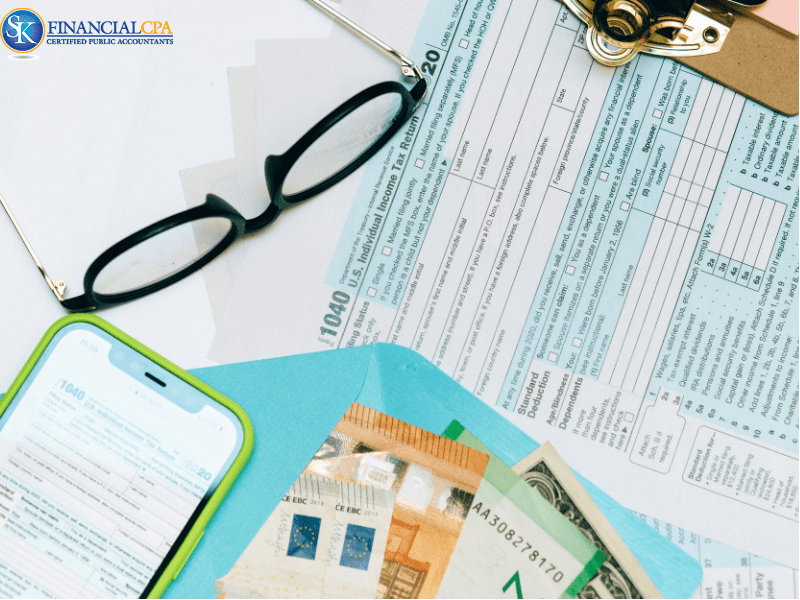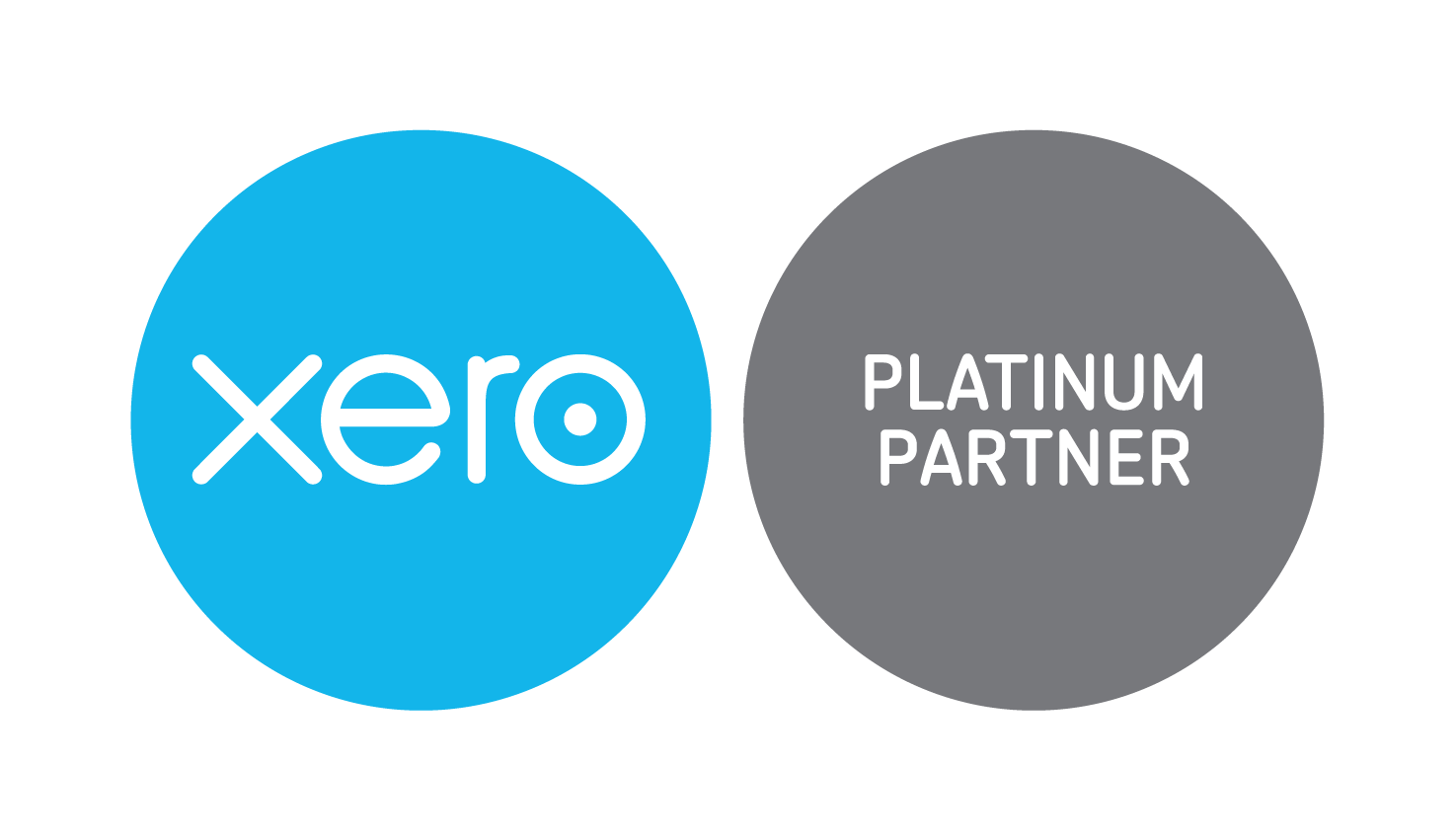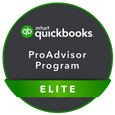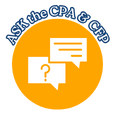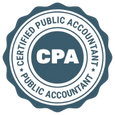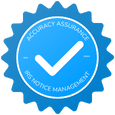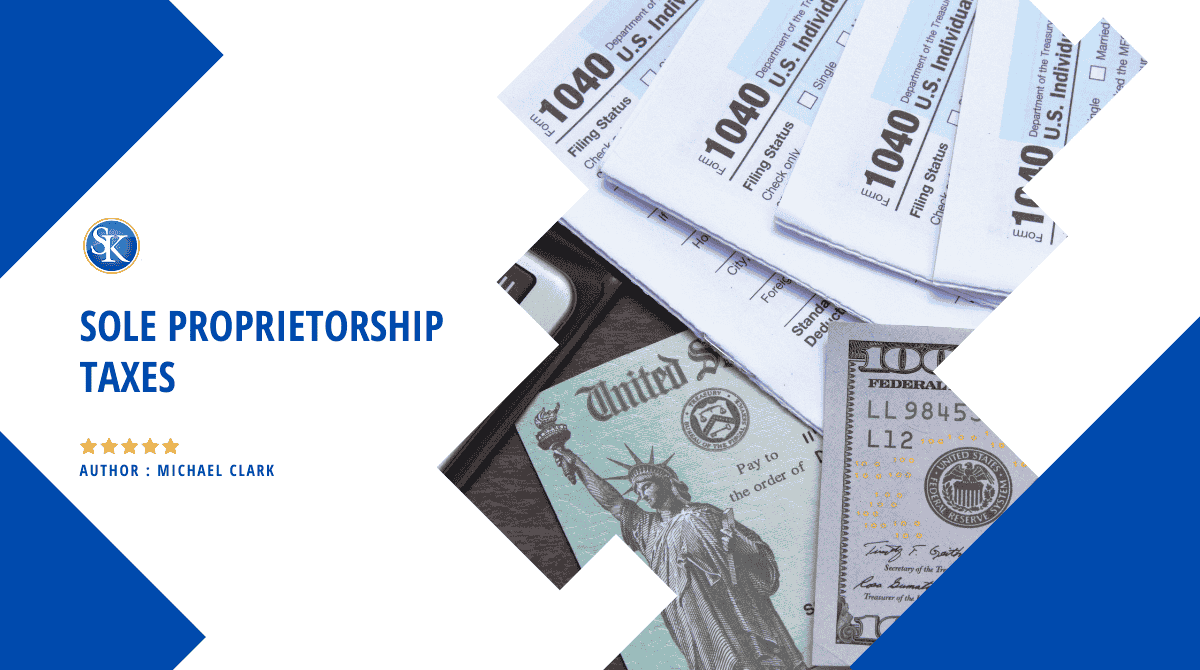
Sole Proprietorship Taxes in the U.S: What You Need to Know?
Running a business on your own is exciting, but when tax season comes around, If you're a sole proprietor, you don’t file taxes the same way corporations do your business income goes straight onto your personal tax return. In this blog, I will walk through everything you need to know about sole proprietorship taxes, from what taxes you need to pay to how you can reduce your tax bill legally.
Understanding Sole Proprietorship Taxes
A sole proprietorship is the simplest business structure, where you and your business are legally the same entity. Unlike corporations or LLCs, your business doesn’t have a separate legal existence everything flows through to you personally, including income and taxes. This means you don’t file a separate business tax return. Instead, your business income is reported on Schedule C (Profit and Loss Form) and attached to your personal tax return (Form 1040).
How Taxes Work for Sole Proprietors
Sole proprietorship taxation is different from corporations because the business itself isn’t taxed separately. Instead, it follows something called pass-through taxation, where profits (or losses) pass through to your personal tax return. This means your business income increases your personal taxable income, and you pay personal income tax on business profits while also being subject to self-employment tax. Unlike C corporations, which pay their own taxes, sole proprietors only pay taxes at the individual level. However, this also means that your business income might push you into a higher tax bracket if you’re not careful.
Affordable CPA service in tampa, florida, US
Types of Taxes Sole Proprietors Must Pay
Sole proprietors must handle multiple tax obligations, despite not filing a separate business tax return. Below are the key taxes you must pay:
1. Federal Income Tax
Your business profits are reported on your personal tax return (Form 1040). The amount you pay depends on your total income and the tax bracket you fall into.
|
Tax Rate |
Taxable Income Range |
|
10% |
$0 to $11,925 |
|
12% |
$11,926 to $48,475 |
|
22% |
$48,476 to $103,350 |
|
24% |
$103,351 to $197,300 |
|
32% |
$197,301 to $250,525 |
|
35% |
$250,526 to $626,350 |
|
37% |
$626,351 or more |
2. Self-Employment Tax (15.3%)
Since you don’t have an employer withholding Social Security and Medicare taxes, you must pay both the employer and employee share yourself. This is called self-employment tax, and it’s 15.3% of your net earnings.
|
Tax Type |
Rate |
|
Social Security Tax |
12.4% |
|
Medicare Tax |
2.9% |
|
Total SE Tax |
15.3% |
Example Calculation
If your net profit is $60,000, your self-employment tax would be:
60,000×15.3%=9,18060,000 \times 15.3\% = 9,18060,000×15.3%=9,180
That’s $9,180 just in self-employment taxes on top of regular income tax! The good news? You can deduct half of this amount ($4,590) when calculating your AGI.
3. Quarterly Estimated Taxes
Since no one is withholding taxes for you, the IRS expects you to make quarterly estimated payments otherwise, you could get hit with penalties.
|
Quarter |
Payment Deadline |
|
Q1 (Jan - Mar) |
April 15 |
|
Q2 (Apr - May) |
June 15 |
|
Q3 (Jun - Aug) |
September 15 |
|
Q4 (Sep - Dec) |
January 15 (following year) |
4. State and Local Taxes
Depending on where you live, you may owe state income tax, local business taxes, or sales tax if you sell products. Some states, like Texas and Florida, don’t have state income tax, so you only pay federal taxes.
How to File Taxes as a Sole Proprietor
Filing taxes as a sole proprietor involves a few key forms. First, you need to use Schedule C to report income and expenses, which shows your total revenue, business expenses, and net profit. For example, if your total revenue is $100,000 and your business expenses amount to $30,000, your net profit is $70,000, which is the amount subject to taxation. After calculating your net income, you will file Schedule SE to determine your self-employment tax.
Ways to Reduce Sole Proprietorship Taxes
Reducing your tax bill as a sole proprietor is possible through legal deductions. The IRS allows you to deduct ordinary and necessary business expenses, which lower your taxable income. Common deductible expenses include home office deductions if you use a dedicated space for business, vehicle expenses for work-related mileage, and supplies such as computers, printers, and office furniture.
Another way to lower your tax bill is by taking advantage of the health insurance deduction. If you pay for health insurance as a sole proprietor, you can deduct 100% of your premiums without itemizing your taxes. Contributing to a retirement plan, such as a Solo 401(k) or SEP IRA, can also reduce taxable income while securing your financial future. Lastly, if your business is growing, converting your sole proprietorship to an LLC can help reduce taxes. LLCs can elect S-Corp taxation, allowing you to pay yourself a salary and save on self-employment taxes.
How SK Financial CPA Can Help Sole Proprietors with Taxes
Managing sole proprietorship taxes can be time-consuming, especially if you are unsure of all the deductions and tax-saving strategies available to you. This is where professional guidance from a trusted firm like SK Financial CPA comes in. We specialize in helping small business owners, including sole proprietors, manage their taxes efficiently. Whether you need help with filing your Schedule C, estimating quarterly taxes, or finding deductions to lower your taxable income, We ensure that you remain compliant while maximizing your tax savings. With years of experience in tax preparation and business consulting, they can take the stress out of tax season, allowing you to focus on growing your business.
Common Mistakes Sole Proprietors Make When Filing Taxes
Many sole proprietors make tax mistakes that can lead to penalties or missed deductions. One of the most common errors is not saving for taxes throughout the year. Setting aside 25-30% of your income for taxes can prevent last-minute stress. Another mistake is failing to track business expenses, which can result in missed deductions. Using accounting software like QuickBooks can help maintain organized records.
Conclusion
Understanding and managing sole proprietorship taxes is important for staying up to date and keeping more of your hard-earned money. Sole proprietors must pay self-employment tax along with income tax, file Schedule C and Schedule SE with their personal tax return, and take advantage of every possible deduction to lower their tax bill. Making quarterly estimated payments can help avoid IRS penalties, and considering tax-saving strategies like an LLC or retirement plan can further reduce the tax burden.
Being a sole proprietor gives you the freedom and control to run your business, but it also comes with tax responsibilities. By planning ahead and using smart tax strategies, you can ensure that you are not paying more than necessary. If you need expert assistance, SK Financial CPA is ready to help you with your taxes. Consulting a professional can make all the difference in keeping your business finances in order while ensuring you get the best possible tax outcome.
FAQs
1. Do I need a separate business bank account as a sole proprietor?
No, it's not legally required, but having a separate business bank account is highly recommended. It helps keep personal and business finances separate, makes tax filing easier, and helps you track deductions properly. Plus, if you ever get audited, having clear records can save you a lot of trouble.
2. Can I pay myself a salary as a sole proprietor?
No, sole proprietors can’t pay themselves a salary like employees of a company. Instead, you take what’s called an owner’s draw, meaning you withdraw profits from the business for personal use. These withdrawals are not tax-deductible expenses you still owe taxes on your total profit, not just what you take out.
3. What happens if I forget to make estimated tax payments?
If you don’t pay quarterly estimated taxes, the IRS may charge penalties and interest on what you owe. The longer you wait, the more you’ll pay. To avoid this, set reminders for due dates and consider automating your payments through the IRS website.
4. Can I deduct home office expenses if I work from home?
Yes, but only if your home office is used exclusively for business. If you’re working from your kitchen table or living room, you can’t claim the deduction. However, if you have a dedicated workspace, you can deduct a portion of your rent, utilities, and internet based on the square footage used for business.
5. Is there a penalty if I file my sole proprietorship taxes late?
Yes, if you file late and owe taxes, the IRS charges a failure-to-file penalty of 5% per month on the unpaid balance, up to 25% of what you owe. If you think you’ll miss the deadline, file an extension to avoid penalties.
6. Do I still need to file taxes if my sole proprietorship made no money?
Yes, you should still file Schedule C even if your business didn’t make money. Filing helps establish business losses, which could reduce your overall tax bill or carry forward to offset future profits. Plus, the IRS may question why a business suddenly stopped filing.
7. Can I write off meals and coffee meetings with clients?
Yes, but only 50% of business meals are deductible. The meal must be for a legitimate business discussion and not just a casual lunch. Keep the receipt and write down who you met with and why it’s a small step that could save you money and prevent IRS issues.
8. Do I need an accountant for my sole proprietorship taxes?
Not necessarily, but it’s a smart idea if your taxes are complex. If you’re unsure about deductions, quarterly payments, or self-employment tax, an accountant can help save you money and avoid mistakes. If you’re confident, you can file on your own using tax software.
9. What’s the easiest way to track my business expenses?
The best way is to use accounting software like QuickBooks or an expense-tracking app. You can also use a dedicated business credit card to keep all business purchases in one place. The key is to track everything throughout the year so you’re not scrambling at tax time.
10. Do I need to keep receipts for all my business expenses?
Yes, you should keep receipts for all tax-deductible expenses in case of an audit. A good rule is to save receipts for at least three years. Digital copies are fine, so consider using a receipt-scanning app to stay organized and avoid clutter.
11. If I have a side job and a sole proprietorship, how do I file taxes?
You’ll file both incomes on the same tax return. Your job’s W-2 income goes on the standard Form 1040, while your business income and expenses go on Schedule C. The total amount you earn determines your tax bracket and what you owe.
12. Can I switch from a sole proprietorship to an LLC later?
Yes! You can form an LLC anytime, and it might make sense if you want legal protection or potential tax benefits. An LLC still follows pass-through taxation, but you can also elect S-Corp status to lower self-employment tax.
13. Will the IRS audit my sole proprietorship?
It’s possible, but audits are less common for small businesses unless there are red flags, like huge deductions compared to income or inconsistent earnings reports. Keeping detailed records and filing correctly reduces audit risk.
14. Can I deduct my cell phone bill if I use it for business?
Yes, but only the business portion of your bill is deductible. If you use your phone 50% for business, you can deduct 50% of your phone bill as a business expense. Keep call logs or records to back up your claim.
15. What should I do if I can’t afford to pay my taxes?
If you can’t pay in full, the IRS offers payment plans to help you spread out your tax bill. It’s better to set up a payment plan than to ignore the tax due, as penalties and interest will only get worse over time.
Follow SKFinancial on Facebook / Twitter / Linkedin / Youtube for updates.


